I know (from the textbook) the Thévenin expressions for the circuit from reference terminals b-b' are
$$V_{th} = V_{CC}\frac{R_2}{R_2+R_1}, R_{th} = R_1//R_2$$
But I'm not understanding how one gets there. How are the resistors parallel from the point of view of b-b'? The fact that \$R_1\$ is in a node that extends "behind" the reference terminals b-b' is really confusing.
And how come \$V_{th}\$ is a voltage divider if there's a current \$i_B\$ splitting into the B of the transistor and \$i_2\$ to GND? Also, how would a resistor at \$i_C\$ change the expression?
Is there another format to "see" this more obviously? I tried but couldn't simplify in a way that made sense to me from previous Thévenin problems.

